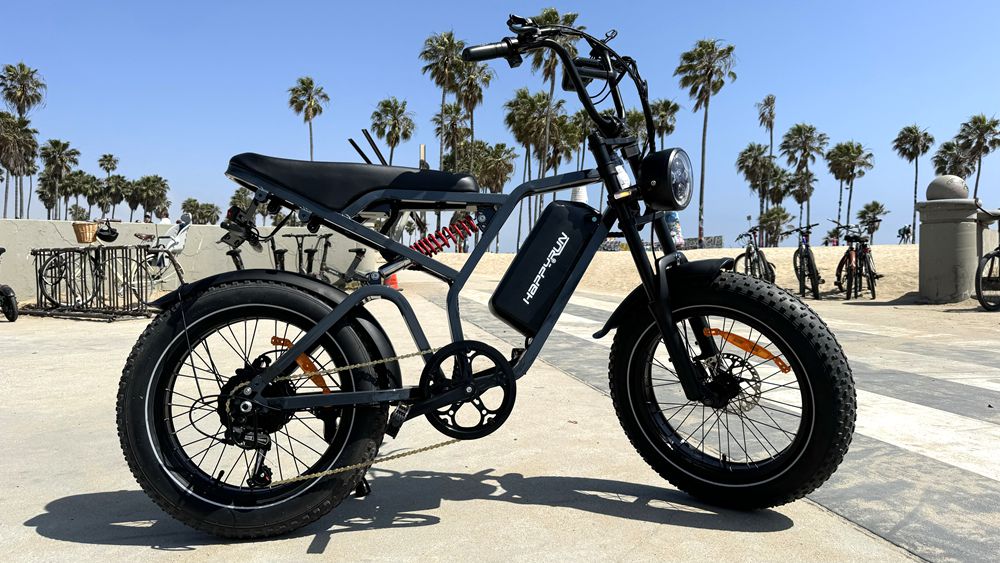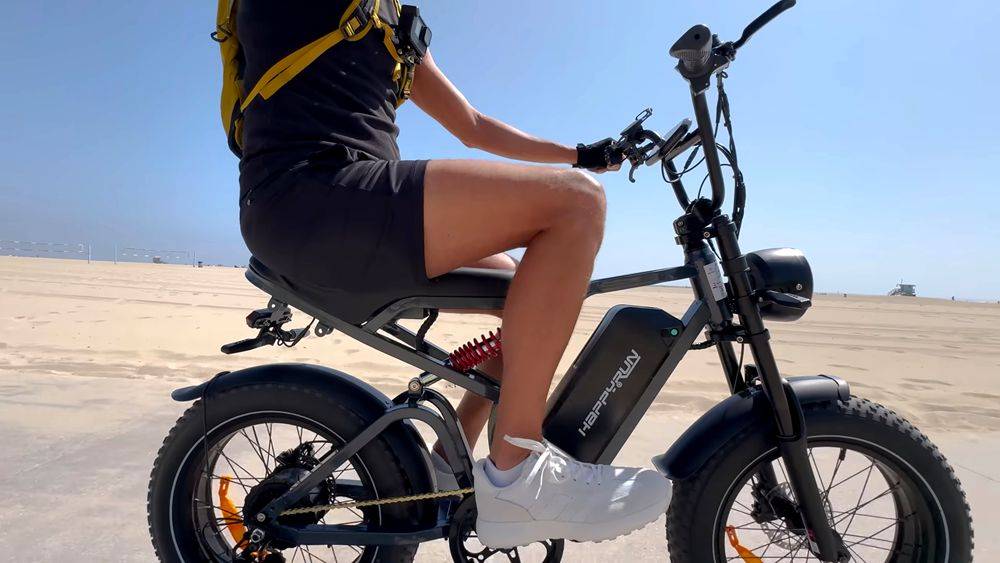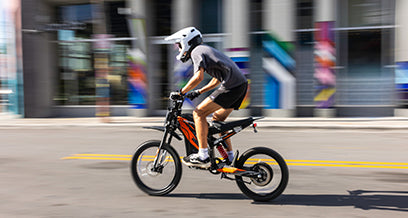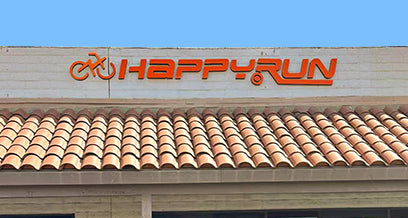
Do You Have to Pedal an Electric Bike? A Simple Guide
Electric bikes, or e-bikes, often require pedaling, especially if they are classified as “low-speed electric bicycles” under U.S. law. While some e-bikes can operate without pedaling, most models are designed to include pedals for legal compliance and safety. Understanding the role of pedals in e-bikes is essential for potential riders.
Electric bikes are becoming more popular every day. They offer an eco-friendly and fun way to get around. There are different types of electric bikes, including the fat tire electric bike and the moped-style electric bike. A common question that arises is whether pedaling e-bikes is required. Unlike traditional bicycles where pedaling is essential for movement, e-bikes integrate electric motors, raising curiosity about their operation and the role of human effort. Let’s go deeper into the dynamics of electric bikes, addressing the question: do you have to pedal an electric bike? We'll explore how e-bikes function, the different types available, and the implications for riders seeking both leisurely rides and practical commuting solutions.
Understanding Electric Bikes
An e-bike is a bicycle with an electric motor, the motor is typically powered by a rechargeable battery and can vary in placement (e.g., hub motor in the wheel or mid-drive motor near the pedals) and power output. Moped-style e-bikes often come with powerful motors, like the beefy 2000W motors found in HappyRun Tank G100. A 2000W motor can easily push the bike to speeds over 36 mph, offering a thrilling ride for those who love feeling the wind in their hair. This high motor power also helps in climbing steep hills effortlessly, making the ride more enjoyable and less strenuous.
How Do Electric Bike Pedals Work?
Electric bike pedals work in conjunction with the motor. When you pedal, the pedal-assist system detects your effort and activates the motor to assist you. This makes pedaling easier, especially on inclines or longer rides, by providing extra power while maintaining a natural riding experience.
When you pedal, sensors detect your effort and signal the motor to provide additional assistance, making it easier to ride uphill or cover longer distances. This system enhances the overall cycling experience by reducing physical strain.
What Types of Pedals Are Available for E-Bikes?
E-bikes typically feature three types of pedals: platform pedals, which offer a flat surface for casual riding; clipless pedals, which securely attach to special shoes for improved efficiency; and hybrid pedals, combining features of both types. Each type caters to different riding styles and preferences.
E-bikes typically come with several types of pedals:
- Platform Pedals: Flat and easy to use, these pedals do not require special shoes, making them ideal for casual rides.
- Clipless Pedals: These pedals require specific shoes with cleats that attach securely, providing better power transfer and control.
- Duo Pedals: A combination of platform and clipless options, allowing riders to choose how they want to ride.
Why Are Pedals Important for Electric Bikes?
Pedals are essential for electric bikes as they activate the pedal-assist system, allowing the motor to provide support based on the rider’s effort. This integration ensures a more natural riding experience, promotes exercise, and complies with legal definitions of e-bikes, which often require pedaling for motor activation.
Pedals are essential for several reasons:
- Legal Compliance: In many jurisdictions, e-bikes must have functional pedals to be classified as bicycles rather than motor vehicles.
- Safety: Riding with pedals allows users to maintain better control and balance, especially when navigating through traffic or uneven terrain.
- Health Benefits: Engaging in pedaling promotes physical activity and cardiovascular health, making e-biking a more balanced form of exercise.
Can You Ride an E-Bike Without Pedaling?
Yes, you can ride an e-bike without pedaling if it has a throttle. The throttle allows you to control the bike's speed using just the motor, similar to a scooter. However, pedal-assist requires pedaling to engage the motor.
Whether you have to pedal an electric bike depends on the modes of an e-bike, macroscopically there are two types of modes: pedal-assist and throttle-only.
- Pedal-Assist Mode In pedal-assist mode, the motor helps you when you pedal. There are different levels of assistance, from low to high. The higher the level, the less effort you need to put into pedaling. This mode makes riding easier and can extend your range since the battery is used efficiently.
- Throttle-Only Mode In throttle-only mode, you don’t need to pedal at all. You control the speed with a throttle, usually located on the handlebar. This mode is useful when you want a break from pedaling or need to accelerate quickly. However, using throttle-only mode can drain the battery faster.
Why E-bike Pedal Assist is Popular?
Pedal-assist is popular because it provides extra power while allowing a more natural cycling experience. It helps riders tackle hills or long distances without needing to exert as much physical effort, enhancing comfort and extending range without compromising the ride's feel.
Here's the thing: there are two different ways pedal assist can work, and each gives you a different riding experience.
Type 1: Cadence Sensor (The On/Off Switch)
It has a simple switch. You start pedaling – the motor kicks in. Stop pedaling – the motor shuts off. That's basically how a cadence sensor works. You control the power with buttons on your handlebars, but the sensor itself just detects if you're pedaling or not. It's like having extra gear on your bike, but some riders find it a bit jerky and not as smooth. This is the most common type of pedal assist, especially on more affordable e-bikes.
Type 2: Torque Sensor (The Smart Assistant)
This is where things get fancy! A torque sensor is like a super-smart switch that reads how hard you're actually pushing the pedals. The more you push, the more power the motor gives you. It's like having a personal trainer for your legs! This makes for a super smooth and natural riding experience, but torque sensors are more expensive, so you'll find them on higher-end e-bikes.

Benefits of E-bike Pedal
E-bike pedals allow pedal-assist systems to boost your effort, making cycling easier on rough terrain or long distances. They provide better control, improved efficiency, and enhanced comfort while allowing you to enjoy the freedom of traditional cycling combined with motorized support.
Even though electric bikes have a motor, pedaling still offers health benefits. It’s a good form of exercise, improving cardiovascular health and muscle strength. Pedaling also has mental health benefits, such as reducing stress and improving mood.
How Are E-Bikes Defined by Law?
E-bikes are typically defined by their motor size and speed. Legally, they are classified into three classes: Class 1 (pedal assist), Class 2 (throttle-controlled), and Class 3 (pedal assist with higher speeds). The legal limits for speed and motor power vary by region.
In the U.S., federal law classifies them as “low-speed electric bicycles” if they meet specific criteria:
- Power Output: Maximum motor output should not exceed 750 watts.
- Speed Limit: Must not exceed 20 mph when powered solely by the motor.
- Functional Pedals: Must have operable pedals to be classified as an e-bike.
These definitions help distinguish e-bikes from other motorized vehicles.
In some areas, electric bikes have to be powered by the rider with a throttle before the motor kicks in with its assistance although different types of ebikes are recognized as Class 1, Class 2, and Class 3 bikes. This means that you have to cycle a little to get motor support. On the other hand, there are Class 2 bikes and throttle-only electric bikes that cannot be pedaled and are governed under a different legal requirement. They may be classified more like mopeds or scooters which would change the places that one can use them. Throttle-only e-bikes might be restricted from bike lanes or trails in some regions to reduce confrontation with normal cyclists and walkers.
The laws on electric bicycles present vary from one region to another with many of them having put into place allowable maximum speed limits for these bicycles. For example, in Europe, the maximum permissible speed for the use of electrical help is usually 15. 10 km/h (5 mph) while in the US it ranges from 16 km/h (10 mph) up to 45 km/h (28 mph) depending on the class of the land. Moreover, motor power is limited as to 250 W in Europe and within 750 watts in the US.
What Are the Legal Requirements for E-Bikes?
Legal requirements for e-bikes often include motor power limits, typically 750W or less, and speed limits of 20 mph on flat terrain. Riders may need to adhere to helmet laws, age restrictions, and use of specific bike paths based on local regulations.
Legal requirements for e-bikes vary by state but often include:
- Age Restrictions: Many states require riders to be at least 14 or 16 years old.
- Helmet Use: Some jurisdictions mandate helmet use while riding.
- Registration and Insurance: Generally not required for compliant e-bikes but may apply if they exceed legal classifications.
Understanding these requirements ensures compliance while riding.
Why Do Most E-Bikes Need Pedals?
Most e-bikes require pedals due to legal definitions and for enabling pedal-assist systems. Pedals make the bike more like a traditional bicycle while still offering the benefit of an electric motor. They are essential for activating the pedal-assist feature, which helps conserve battery life.
Buying Tips
When purchasing an electric bike, consider models that comply with local regulations regarding power output and speed limits while ensuring they have functional pedals. Look for reputable brands like HappyRun, known for their innovative designs and commitment to quality since their establishment in 2014. Evaluate features such as battery capacity, motor type, and frame design to find an e-bike that fits your needs effectively while adhering to legal requirements.
E-Bike Expert Views
“Understanding whether you need to pedal your electric bike is crucial,” says biking expert Jane Doe. “Riders should familiarize themselves with local laws regarding pedal requirements to ensure safe and compliant riding.”
The Future
The future of e-bikes is electrifying, with advancements in technology propelling both pedal assisted e-bikes and throttle models towards even greater popularity. Range anxiety? Soon to be a thing of the past. Battery technology is undergoing a revolution, with lighter, more efficient, and longer-lasting batteries on the way especially in fat tire electric bikes and the moped-style electric bike. This means conquering longer distances on a single charge and enjoying a more powerful and reliable ride, no matter your e-bike style. Smart systems with features like automatic gear shifting, adaptive pedal assist with personalized power boosts, and enhanced connectivity are poised to become mainstream. These intelligent systems will adapt to your riding style and preferences, making every ride effortless and enjoyable.
The good news keeps rolling! As technology matures and production costs dip, e-bikes are becoming increasingly affordable. HappyRun opens the door for more people to experience the joy and convenience of e-bikes, not just enthusiasts or those with deep pockets.
Conclusion
So, do you have to pedal an electric bike? The answer is not always. With pedal-assist mode, you can choose to pedal or let the motor help. In throttle-only mode, you can ride without pedaling. However, pedaling is a biker’s favorite due to battery life saving and health benefits. Understanding your e-bike’s modes and local laws can help you make the best choice for your rides.
































Leave a comment